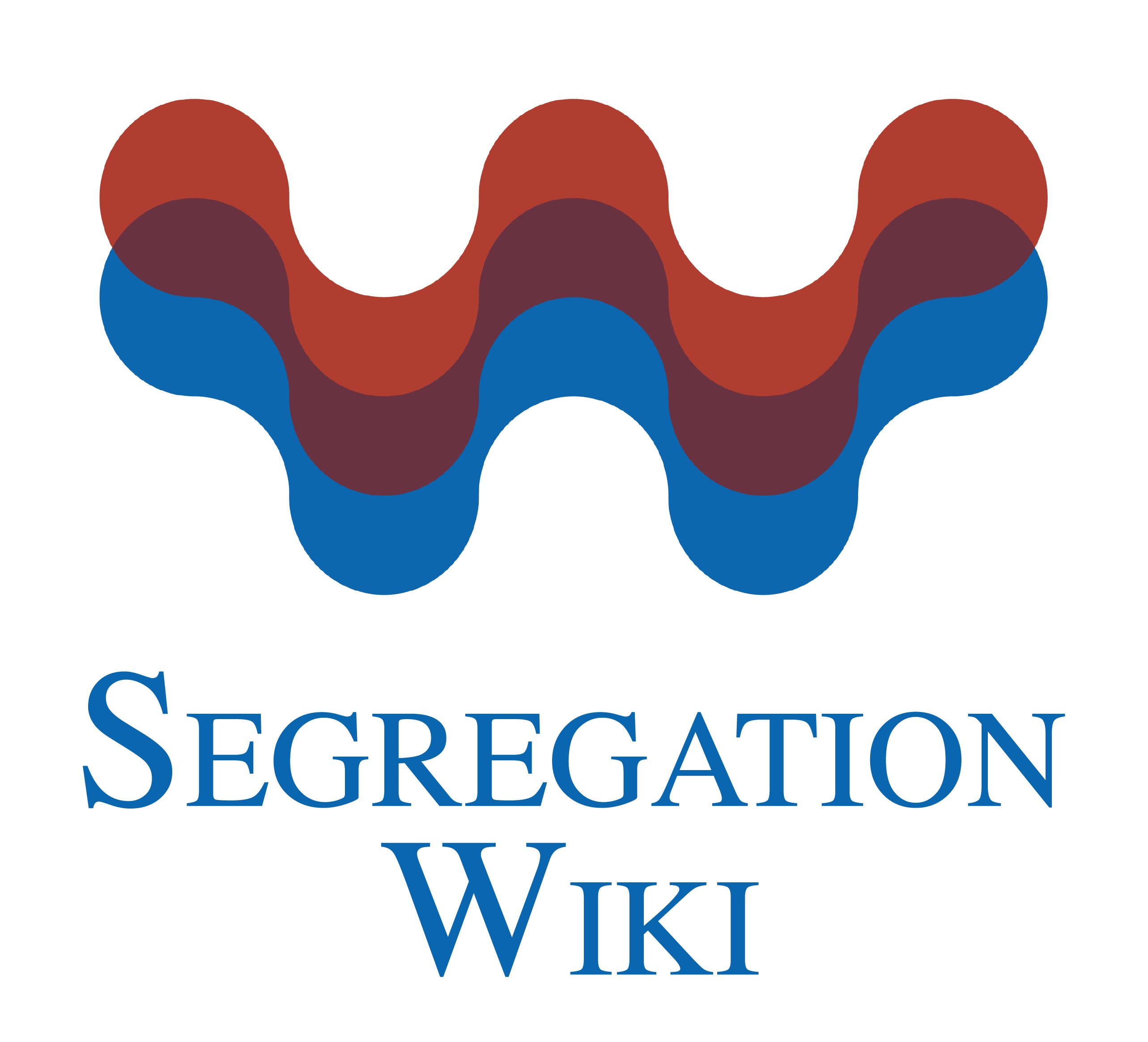Social group segregation
Date and country of first publication[1]
2013
Argentina
Definition
Social group segregation refers to the separation and isolation of individuals based on factors such as race, religion, ethnicity, gender, or socioeconomic status. This can manifest in various forms, including physical segregation in residential areas, cultural segregation in schools or workplaces, and exclusion or discrimination in social settings.
Social group segregation can lead to increased levels of inequality, prejudice, and discrimination, as it creates barriers to interaction and opportunities for understanding and empathy between different groups. It can also perpetuate stereotypes and reinforce existing power dynamics that marginalize certain groups in society.
Efforts to address social group segregation may include promoting diversity and inclusion initiatives, implementing policies that encourage integration and interaction between different groups, and raising awareness about the harmful effects of segregation on individuals and communities. Ultimately, overcoming social group segregation requires a collective effort to challenge and dismantle the structural barriers that perpetuate inequality and division.
See also
Related segregation forms
Social group segregation is frequently discussed in the literature with the following segregation forms:
This visualization is based on the study The Multidisciplinary Landscape of Segregation Research.
For the complete network of interrelated segregation forms, please refer to:
References
Notes
- ↑ Date and country of first publication as informed by the Scopus database (December 2023).
Social group segregation appears in the following literature
Roitman S. (2013). Close but Divided: How Walls, Fences and Barriers Exacerbate Social Differences and Foster Urban Social Group Segregation. Housing, Theory and Society, 30(2), 156-176. https://doi.org/10.1080/14036096.2012.728150

